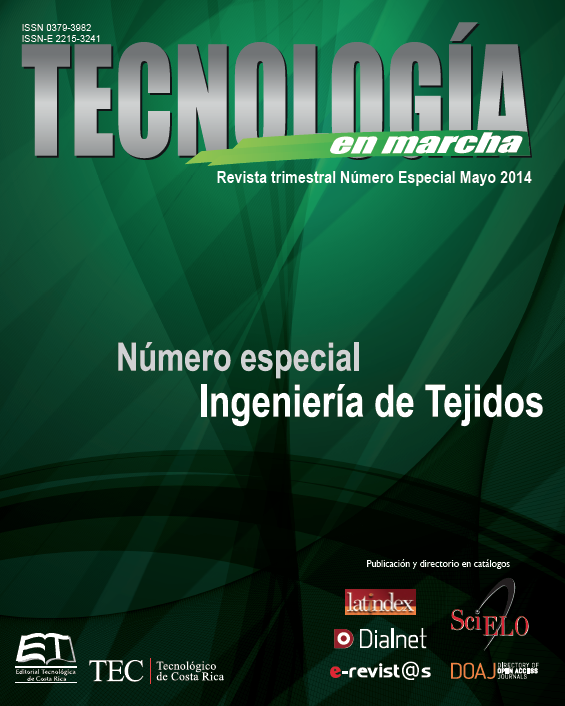Sustitutos e injertos de piel desarrollados por ingeniería de tejidos
Contenido principal del artículo
Resumen
La reconstrucción de tejidos y órganos mediante ingeniería de tejidos ha permitido la elaboración y comercialización de diversos sustitutos o equivalentes epiteliales, que han sido utilizados desde hace más de 30 años a escala internacional para el tratamiento de lesiones en pacientes humanos. Estos injertos o implantes se confeccionan con materiales biodegradables (naturales o polímeros sintéticos) que sirven como matrices para la adhesión y proliferación celular y pueden contener células de diversos orígenes (autólogas, alogénicas o xenogénicas). Su principal ventaja clínica consiste en proporcionar una reepitelización efectiva en lesiones de gran extensión, lo que es particularmente relevante cuando hay poco tejido disponible para hacer autoinjertos. Además, ofrecen una cobertura al lecho de la lesión, evitando la deshidratación y las infecciones microbianas. Sin embargo, aún existen numerosos retos para asegurar la funcionalidad inmediata y la permanencia a largo plazo de los implantes, así como la reproducción exacta de la estructura y fisiología normal del tejido. En Costa Rica, el Centro de Investigación en Biotecnología del Instituto Tecnológico de Costa Rica cuenta con el único laboratorio en el país dedicado al cultivo in vitro de células de piel para la reconstrucción de equivalentes epiteliales con fines terapéuticos.
Detalles del artículo
Los autores conservan los derechos de autor y ceden a la revista el derecho de la primera publicación y pueda editarlo, reproducirlo, distribuirlo, exhibirlo y comunicarlo en el país y en el extranjero mediante medios impresos y electrónicos. Asimismo, asumen el compromiso sobre cualquier litigio o reclamación relacionada con derechos de propiedad intelectual, exonerando de responsabilidad a la Editorial Tecnológica de Costa Rica. Además, se establece que los autores pueden realizar otros acuerdos contractuales independientes y adicionales para la distribución no exclusiva de la versión del artículo publicado en esta revista (p. ej., incluirlo en un repositorio institucional o publicarlo en un libro) siempre que indiquen claramente que el trabajo se publicó por primera vez en esta revista.

